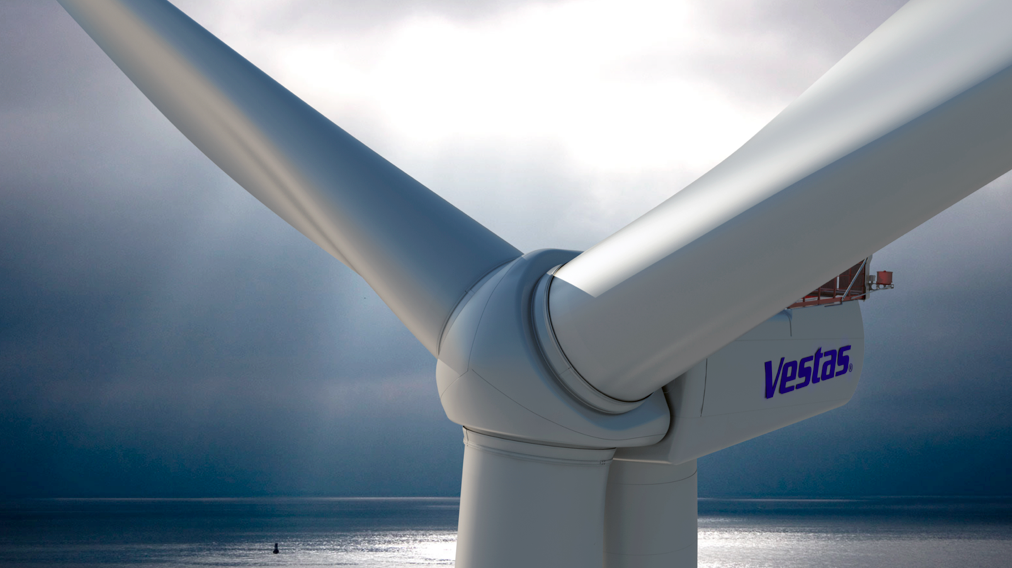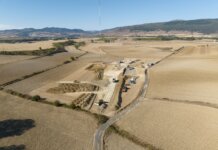Researchers with the DreamWind project are working to develop a chemical substance that will make it possible to separate composite materials from each other. This means that the fiberglass components from wind turbines will be recyclable in the future.
In the DreamWind project, Denmark’s Aarhus University will collaborate with partners including Vestas Wind Systems A/S and the Danish Technological Institute to develop new composite materials for wind turbine blades.
The first old wind turbines have already been scrapped, and this takes place at enormous “graveyards.” Here, the components are crushed and buried in the ground because it is virtually impossible today to recycle the material, according to Associate Professor Mogens Hinge of Aarhus University’s department of engineering.
“Components made of fiberglass have to go through a difficult procedure before they can be reused,” says Hinge. “This entails separating the glass from the plastic, and you can only do this if you heat the material for a long time at 600 degrees Celsius, which is far from profitable from both an energy and an economic point of view.”
Along with his research team and industrial experts, Hinge has specialized in developing nanobinders for a number of years.
According to researchers, the acute problem in the wind turbine industry inspired them to develop a solvent with the opposite properties, so that instead of binding materials to each other, it can separate them chemically with limited or no heating at all.
The idea is that the glass should be reused when it has been cleaned – for new fiberglass components for structures such as wind turbines, aircraft or cars.
The researchers are initially focusing on designing an agent for fiberglass, and they say the first laboratory results are promising.
“This way, we can retain the value of the material instead of just discarding it. The technology holds great potential for recycling,” continues Hinge. “It’s expensive to manufacture fiberglass that can’t be recycled. It’s expensive to drive round with blades when they have to be scrapped. It’s expensive to smash them to pieces and bury them. Chemical research can provide the industry with an enormous boost of innovation.”
Innovation Fund Denmark has invested a total of 17.6 million Danish Krones (approximately $2.67 million) in the project, which, in the long run, can influence the recycling of composite materials outside the wind turbine industry.
The parties expect to be ready with a chemical compound for separating fiberglass within four years.




